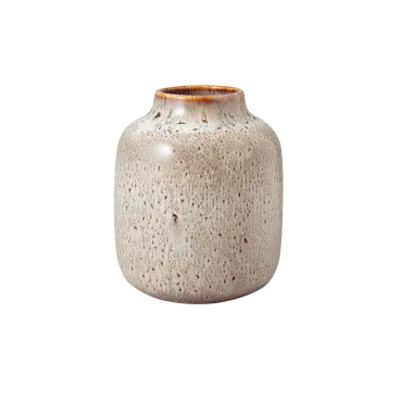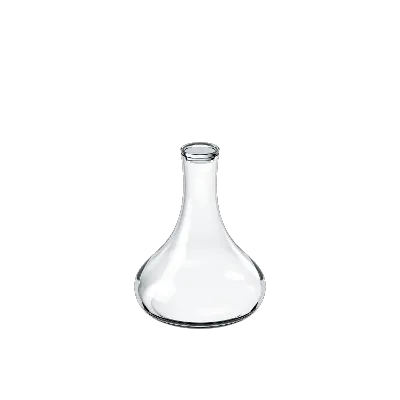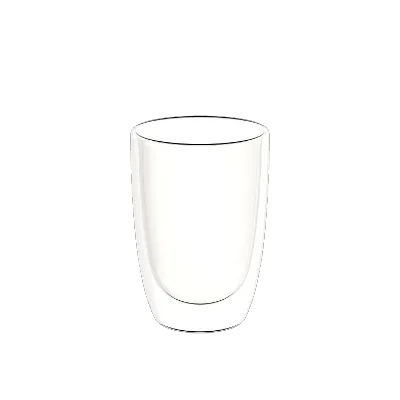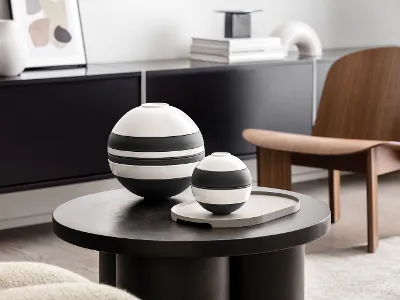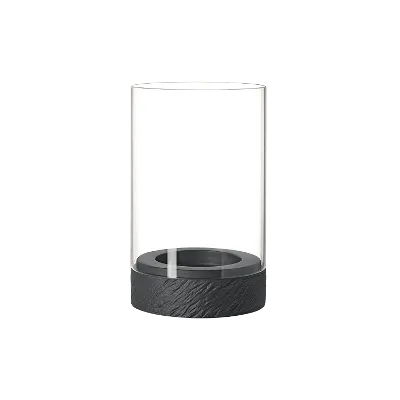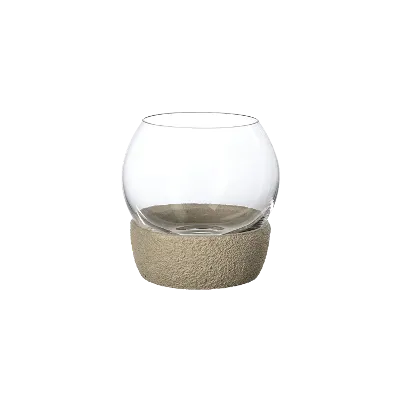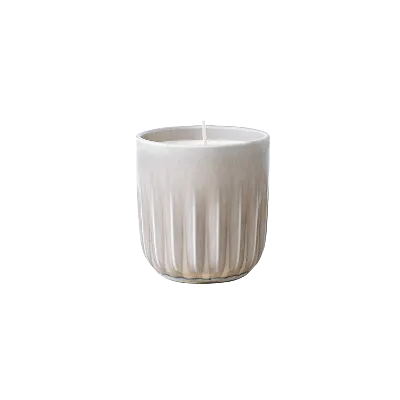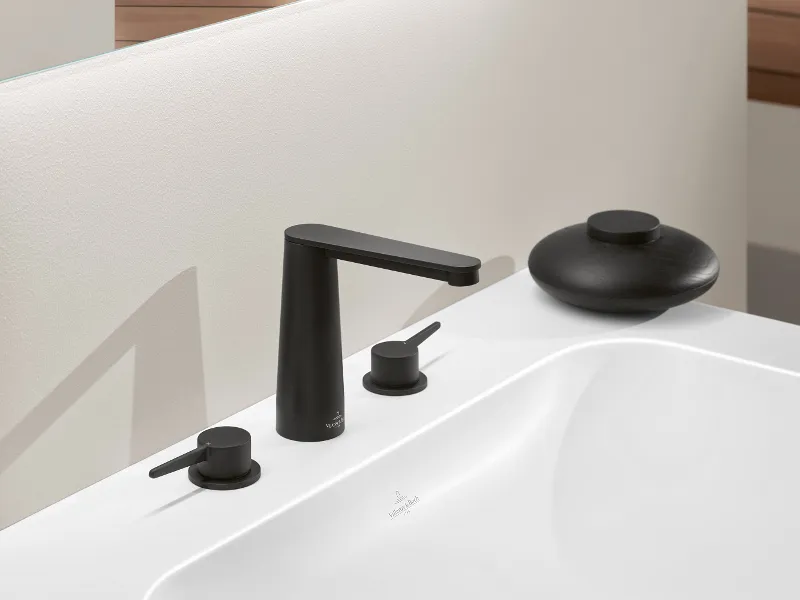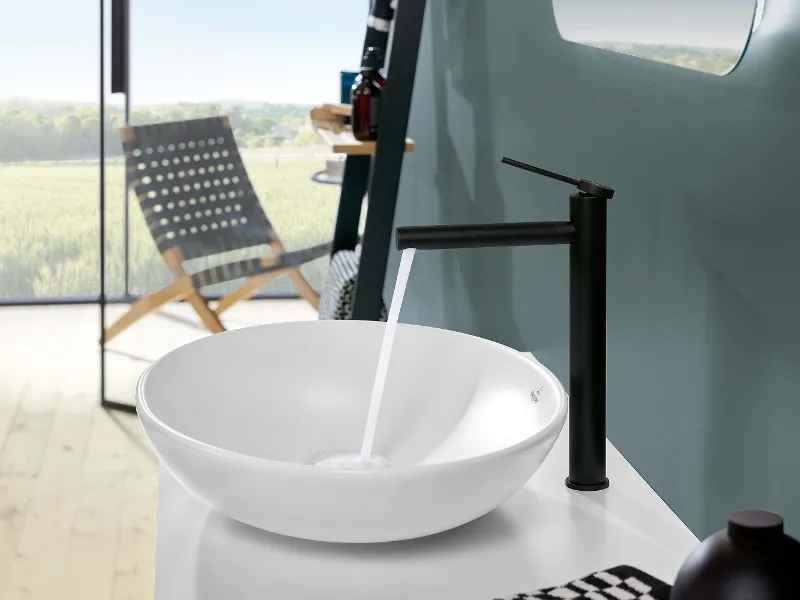Order cut off dates for Christmas Deliveries:
15 Dec for WA, SA & NT | 18 Dec for all other states
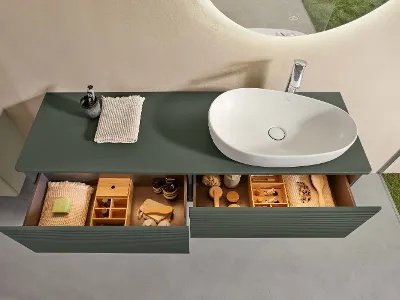
Dripping tap
A dripping tap makes an annoying noise but, even worse, it drives up your water consumption. Follow our tips to solve the problem quickly and to stop it happening in the first place.
Content
At a glance
A dripping tap is often caused by limescale build-up on the rubber washer or by a dirty valve bonnet
You can often fix the tap yourself without calling in a tradesperson
Clean your taps regularly to prevent stubborn limescale deposits
High-quality taps are less susceptible to damage and have a longer service life
What should you do if your tap is dripping?
There are various causes for a dripping tap. The most common scenario is the rubber washer becoming clogged with limescale or dirt building up in the upper part of the valve. Rather than calling a specialist straight away, you can try to find the cause yourself. With a few practical skills, you can often repair a dripping tap without professional assistance.
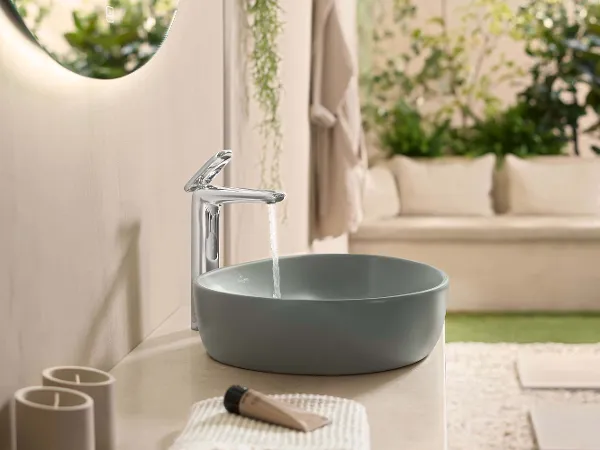
How does a tap work?
A tap works according to a specific principle. It controls the flow of water inside by means of a ball or valve. Very simple taps have just a cold water pipe with a ball valve that is opened and closed using a lever. Modern taps, on the other hand, usually have a mixer that allows hot and cold water to flow from the tap. Just like a regular tap, a rotating handle is used to activate the flow of water. The fitting also needs to be able to withstand a certain amount of water pressure inside the tap. A built-in valve therefore controls the water flow and shuts off the pipe when water is no longer required.
Why does a tap drip in the first place?
A dripping tap can have various causes, the most common being:
- a clogged rubber washer around the aerator
- a dirty valve bonnet
- a worn or dirty cartridge
- broken washers
- old or limestone-clogged fittings
Is your tap dripping at the lever? This is often just a minor problem. In most instances, the rubber washers have become porous due to limescale build-up. You can replace the washers easily, and usually without professional help. In the case of a tap with a twin-lever fitting, the cause could also be a dirty valve bonnet.
Tip
Avoid the temptation to simply turn the dripping tap even tighter. This is counterproductive, does not stop the dripping and may even damage the washer.
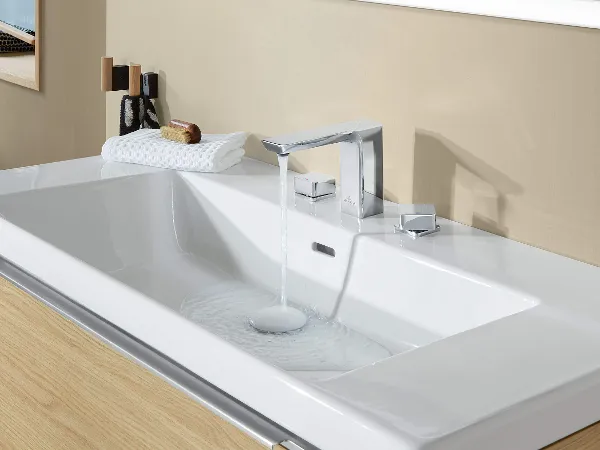
What do you need to repair a tap?
If your tap is dripping, it’s time to get out your toolbox. You will need multigrip pliers or a spanner, a screwdriver, an Allen key and a sharp knife. Also have some kitchen towels and a descaling agent (commercially available descaler or acetic or citric acid) to hand. If you see that your tap has a broken washer, you will need to buy a new one. You can find suitable products in special washer sets. However, make sure you only use washers made from safe materials approved for drinking water pipes. If you need a new cartridge, use the type reference for your tap to determine the correct model. When it comes to cost, a new washer will cost just a few euros while the price for a new mixer tap cartridge can be anything up to 50 euros.
Repairing a dripping tap
You have a problem: “The tap’s dripping - what do I do?”. Stay calm and start by stopping the dripping noise. To do so, tie a long piece of string around the tap and let it hang down to the bottom of the sink. Your tap will still be leaking, but at least the annoying dripping sound will have stopped. Are you a tenant in a rented property and you’ve noticed significant damage to the tap? In this case, you should inform the lessor. As a tenant, you are generally responsible for minor repairs, depending on your rental contract.
There is no need to be afraid of tackling a dripping tap yourself. With a little patience and skill, you can complete this unpleasant task in an afternoon and won’t need to enlist the services of a tradesperson. Follow our step-by-step guide to sealing a tap without professional assistance.
Turn off the water supply before you start work
Is your tap dripping at the handle? Turn off the water before you start the repair. To do so, turn off the valve under the sink or the mains tap. If the faulty tap does not have a separate shut-off valve, you will need to temporarily turn off the water supply to your entire home.
The next step is to check whether water is still coming out of the pipe. Small residual quantities in a pipe that has been drained are normal and won’t cause any problem during the repair as long as the stream of water stops after a few seconds.
Tip
Protect the ceramic element while you work on the repair. For example, covering the sink and outlet with a towel. This will also stop any important individual components or small parts from getting lost.
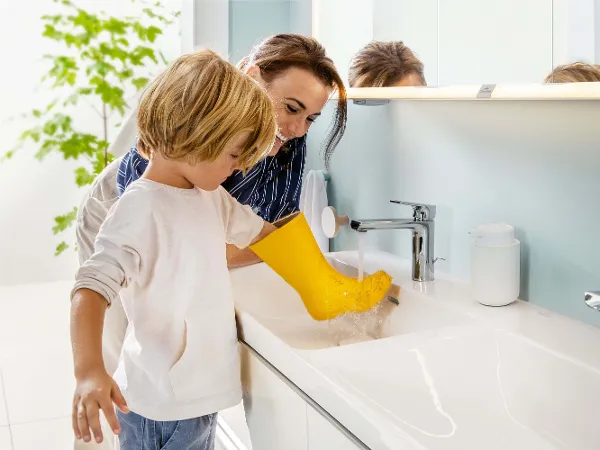
Descale or replace the washer?
Too much limescale can also clog the washer. Carry out a thorough inspection to determine whether you need to descale the washer or replace it completely. To do so, first remove the tap handles to access the worn washer. Is the back of the washer still in good condition? Does it look smooth and even overall? If so, you can simply descale the washer and turn it over. However, if you spot any brittle or cracked areas, you should definitely replace the faulty rubber washer with a new one, which you can buy at any DIY store.
Preventing problems with taps
Limescale deposits form in every household over time, but it is important to stop excess build-up that can cause rubber washers to become porous. Make sure you clean your taps regularly to prevent stubborn limescale deposits. As a preventative measure, we also recommend investing in high-quality taps that are less prone to limescale damage, because they are built to last using robust materials.
What is the best way to clean my taps regularly?
In addition to limescale, harmful pathogens also settle on taps, which is another reason why you should clean all taps and fittings in the bathroom and kitchen regularly. We recommend cleaning at least once a week using a mild soap solution. Avoid aggressive chemicals as these could damage the sensitive material. In addition to the weekly clean, you should descale your taps several times a year. Remove limescale deposits using a soft cloth and a vinegar or lemon solution. Leave the solution to work for a few hours or overnight to remove even the most stubborn deposits. Remember to rinse all the parts thoroughly with clear water and dry them with a clean towel.
Tip
Use a basic tool to access hard-to-reach areas such as joints: a clean toothbrush can be used as a miniature scrubbing brush to polish even the most inaccessible elements.
Household products used to clean taps
Tackle dirt effectively by choosing household products over chemical solutions. Check your cupboard for multipurpose products that you can use to clean your taps.
For example, place the dismantled tap fittings in a bowl with baking soda diluted in water. Turn the tap to ensure that the baking soda and water solution is evenly distributed. Leave the solution to work overnight and rinse the fittings in clear water the following day.
Diluted citric acid can be used to dissolve stubborn dirt. The process is the same as with the baking powder solution, the only difference being that the citric acid is dilated in water at a ratio of 1:50. As citric acid can irritate skin, it is best to use rubber gloves. If your hands do come into contact with the acid, wash them thoroughly with clean water afterwards.
One final tip
High-quality taps stand out for their combination of durable materials and sophisticated design. Precisely fitting Villeroy & Boch taps are an excellent choice when it comes to preventing dirt and limescale build-up. With painstaking care taken over every detail, these smart-looking taps will coordinate beautifully with your washbasin. From the “Subway 3.0” single-lever washbasin tap to the “Liberty” or “Loop & Friends” three-hole washbasin mixers, our durable, easy-care taps are subjected to extensive salt water tests, and will save you from having to deal with annoying limescale deposits and damaged washers. Our elegant tap collections still require regular cleaning as described above, but they are designed to last longer and are less prone to limescale..
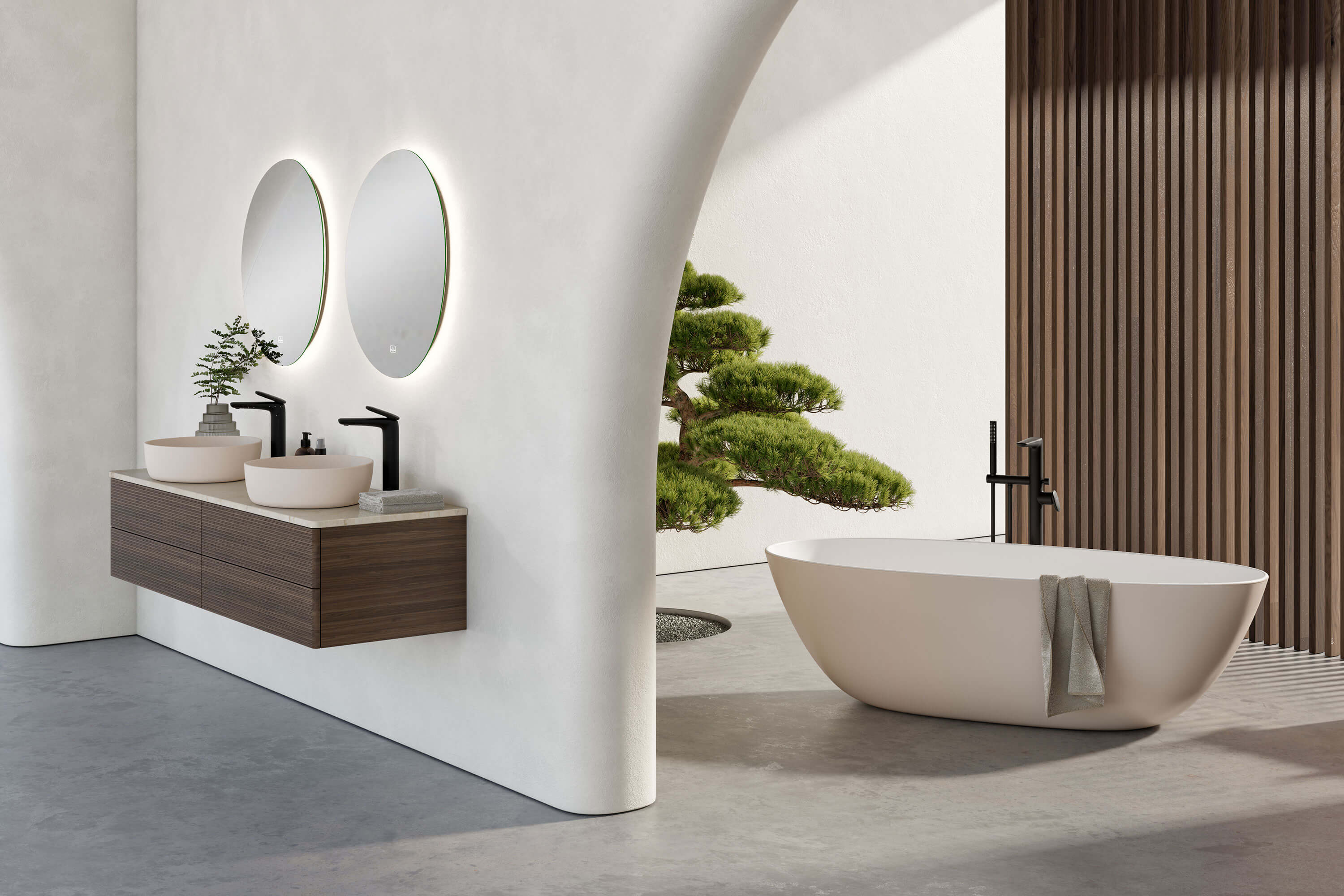
All about your personal spa bathroom
Discover modern bathroom ideas – including cleaning tips and exclusive benefits delivered straight to your inbox.
As a welcome gift, you will also receive a 10% discount on your first order of Dining & Lifestyle products.[0]


